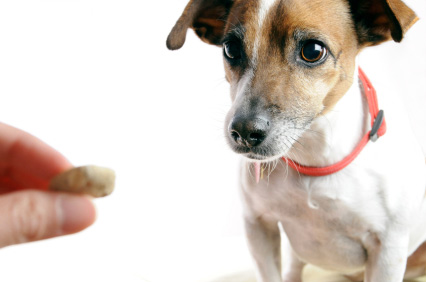
Modifying your dog’s behaviour to have them do activities that you show them as proper and stop them from engaging in activities that you consider inappropriate is the ultimate goal. This is both an art and science which takes time, effort, consistency and patience but is easy once you get the essentials down.
If you are a first-time dog owner, here’s a dog training guide that will help you in shaping the behaviour of that canine.

To teach a child how to walk, you begin with simple basic steps and often fall off balance. No one starts with by racing off, and neither does anyone expect any child to do so.
The same holds true for dogs. Your dogs can learn whatsoever you want them to; from obedience skills to entertaining tricks. However, it is best to work out your priorities and then focus on the less important skills.
Begin with short and terse sessions where they can begin with the easier tasks first then gradually move to the more difficult tasks.
Dogs understand by relating actions to consequences. Whenever your dog does something, the immediate consequence of that action (whether good or bad) determines how often the action will be repeated.
When repeated with consistency, your dog should be able to predict the consequences of his actions with certainty.

Rewarding, or refraining from giving a reward can be an effective tool for training your dog and making him understand that you are happy with what they did or not. If your dog does something you approve, immediately reward him with something yummy to snack or a go at their favourite game.
Punishment in dog training often refers to you desisting from rewarding them as a consequence of performing a behaviour that is not approved and you want them to do less of. Punishment does not refer to inflicting physical or psychological pain on your dog.

The Importance of Consistency and Immediacy cannot be over emphasised. Dogs can only connect the consequences of a certain action if administered right after they did it. They will never figure it out and make a connection if the consequences are administered later.
Also, these consequences you administer must always be consistent. Mixed signals will have them confused.
Check Your Mood When Training, it also influences the effectiveness of your training sessions. Your mood shows on you and your dog can easily tell. If you are in a bad mood, try to shake it off before your training session as it will only scare your friend and harm your relationships.
Dogs’ best absorb when in short training sessions (usually last 15 minutes or less) and when you can easily engage them in a friendly manner. Longer training sessions would cause the dog to be bored. The time of day doesn’t really matter, as long as neither of you is too tired or preoccupied with other activities.
Dogs are special learners. If your dog learned something successfully at home doesn’t mean that they can replicate it in a different environment or with someone else.
For example, if you potty train your dog in the house, don’t expect him to perform the same task in the garden. Training involves exposing the dog to these different environments and circumstances.
The bottom line is that there is no right or wrong way to train your dog, the goal is having your pet to get most important basics. All dog training approaches, despite common beliefs, have the common goal of controlling the way your dog behaves when in different circumstances.